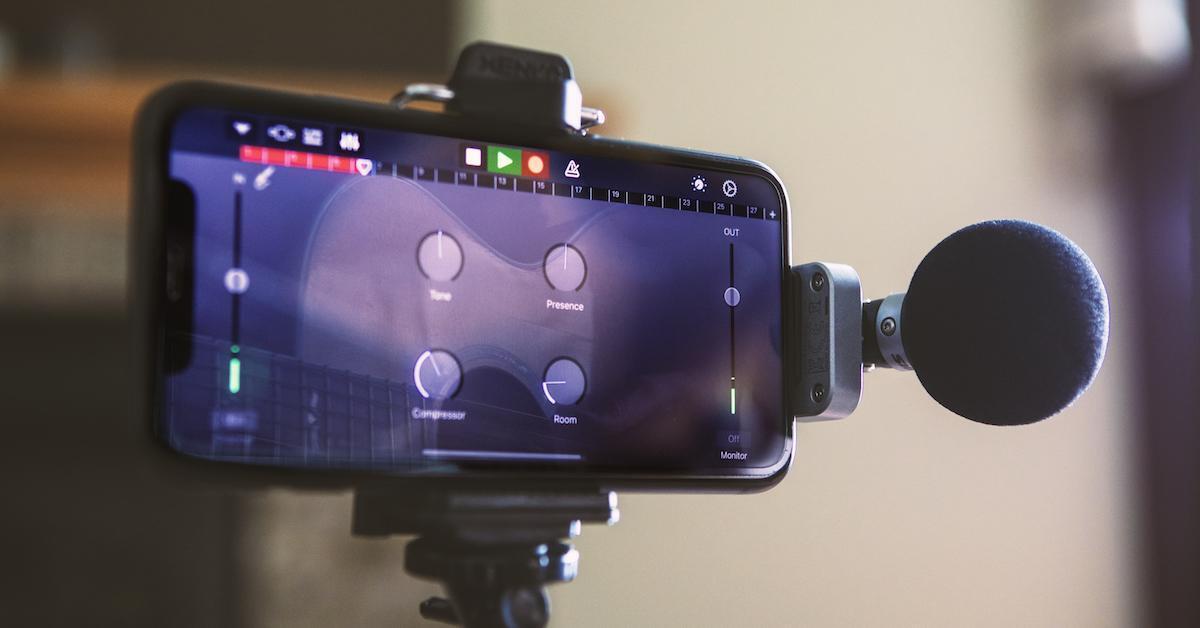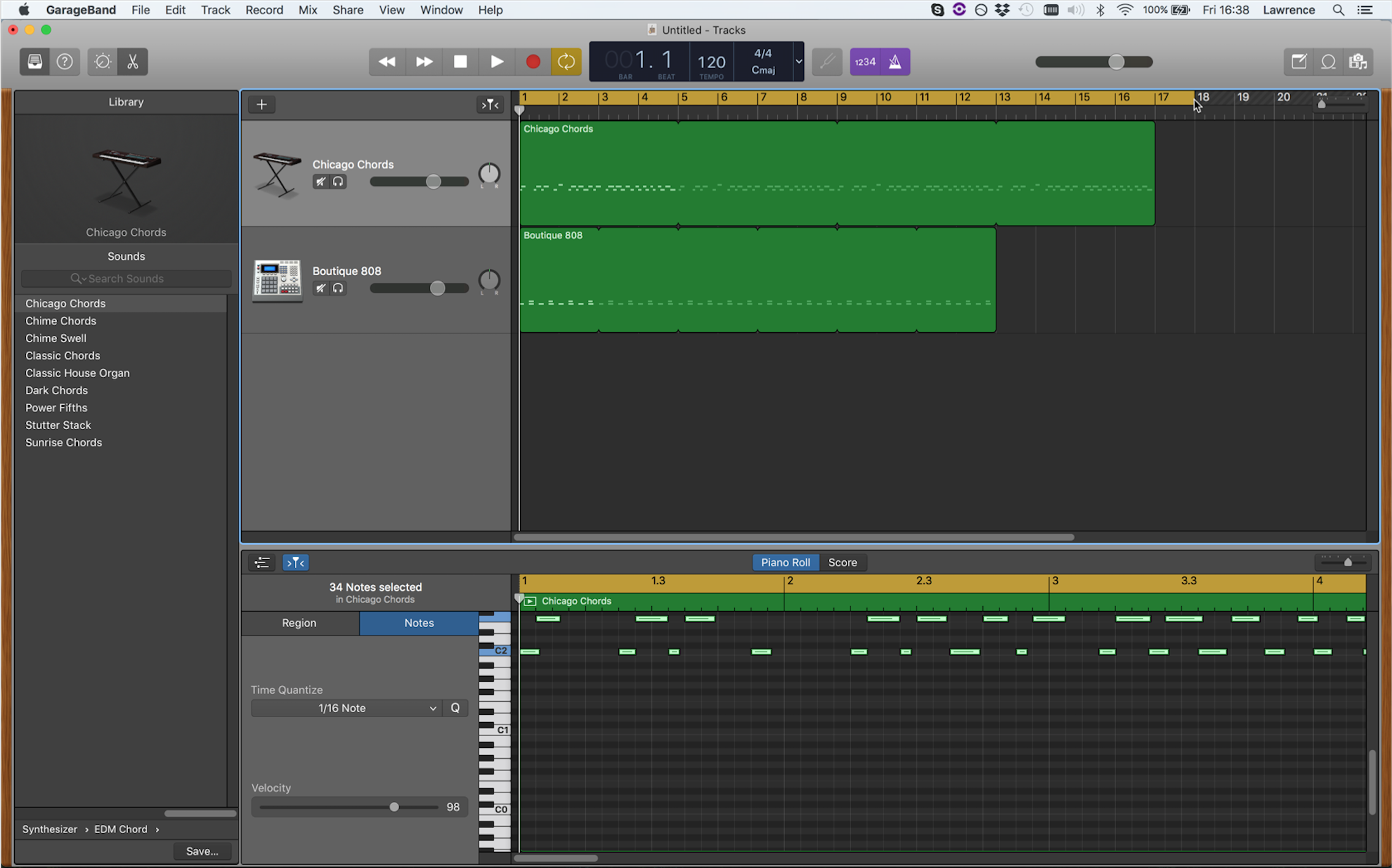

If you start at a lower level, you can always raise it in post without it peaking. The audio level can be much quieter than most people think. Generally, you want to set your recording levels so that the signal-to-noise ratio is not distracting to the ear. A microphone whose gain needs to be turned up higher can introduce unwanted noise into the recording without a proper interface. The big concern for podcasters is noise floor. Both would need to be combined with something like a Scarlett 2i2 audio interface to set proper levels without introducing noise. If you're thinking industry standard, that would be the Electro-Voice RE20 or Shure SM7B. If you're just starting out, a USB mic is probably the best bet. RØDE has its RØDECaster kits for single users or up to four hosts. The audio interface also allows you to adjust the levels of the microphone on the fly and provides enough gain for the microphone.ĭepending on how much you want to spend or how many hosts are part of your show, there's an available option. These mics may require an audio interface like the RØDECaster Pro which supports XLR inputs to record the audio. Some of the more recognized options are below: They're easier to use, quick to set up, and provide good-sounding audio. These microphones simplify workflow since you can plug them directly into your computer and select them as the audio input in the recording software. If you're looking for a microphone, the most common ones have either an XLR or USB input. Industry leaders including Spotify, CNN, the New York Times, Marvel and Disney use Riverside.fm to record their remote podcasts.

#GARAGEBAND HOW TO LISTEN TO RECORDING WHILE RECORDING PROFESSIONAL#
Riverside.fm makes it easy to record remote podcasts and video interviews that look and sound like they were recorded in a professional recording studio. If you need help organizing your thoughts and words, check out Alitu. Skype's or Zoom's record function is also an option if you want to record not only the audio but video as well. Whatever application you use, make sure it has gain and level adjustments as well as some noise reduction tools.īesides software, there are web-based platforms like Zencastr that clean and polish your files for you. Additionally, there are programs like Audacity (free), Adobe Audition, and Reaper that can record the audio directly to your computer. Many laptops and personal computers come with a digital audio workstation (DAW) like GarageBand that can record the audio of your podcast. Besides the gear requirement, there's nuance in the world you're creating when recording a podcast.


 0 kommentar(er)
0 kommentar(er)
